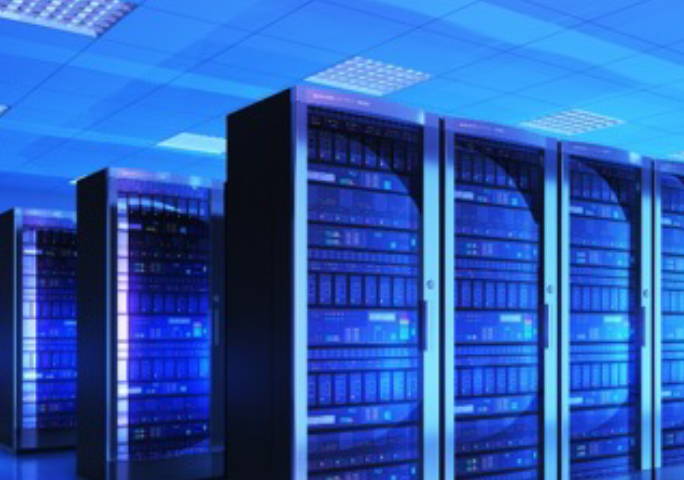Thanks for getting in touch!
We appreciate you contacting us. One of our colleagues will get back in touch with you soon!
Have a great day!
At one point in time, Data Centers were dominated by HDD’s for storage purposes, and even as spin speeds increased over time from 5,400 RPM, to 7,200 then 10K and even 15K RPM, SSD’s provide close to a 20-50X performance improvement over 15K RPM HDD’s in real world application. To help boost data availability, and as the cost per gigabyte of flash storage has tumbled, Data Centers have quickly migrated to NAND Flash storage solutions for the inherent benefits that SSD Flash storage brings.
Irrespective of the type of data being stored, an all Flash based storage solution brings major benefits like significantly reduced latency, ultra-fast reads and writes, significantly reduced temperatures, higher shock and vibration tolerance, and reduced power consumption, just to name a few.
The overall flash storage implementation can take many different forms depending on the provider and the clients needs for future scalability and overall storage capacity. Whether it’s a simple server swap using individual SATA III or NVMe SSD’s as needed, or full blown AFA’s (All Flash Array) the performance boost attained is off the charts.
Before the adoption of all-flash arrays, storage vendors first introduced hybrid arrays, which are a combination of solid-state drives (SSD) and hard disk drives (HDD). Hybrid flash arrays had become popular due to their mix of performance, capacity and more moderate costs.
But because All-flash array costs have dropped dramatically over the last few years, it has pushed AFA solutions ahead as a more attractive solution for many use cases.

All-flash solutions come in different forms, depending on your specific use case. The two most popular deployments are AFA SAN appliances and AFA hyper converged appliances. Each solution provides its own set of benefits. The other two popular solutions are the x86 server-side internal all-flash drives and the software-defined storage AFA solutions.
The other accelerating development for data centers is related to Edge Computing and its relationship to the future of enterprise storage. Edge computing is having a big impact on global data center configurations, and these ultra-performance installations are designed to operate on a smaller scale than the centralized main center(s) to which they’re connected. In an edge data center, the kind of SSDs being used depends on the application, whether there are requirements for high read/write performance (for example media streaming), random access (database access) or mixed use. And well architected network connectivity is crucial to enabling low latencies between the edge compute workloads and the centralized data centers.

Ultimately, data center evolution is being driven by soaring demand and in the future, it’s likely that these demands will shift repeatedly, as new applications have different storage requirements. The incredible flexibility of SSD Flash storage deployment, along with new emerging technologies, will ensure these needs are met, and Centon Electronics will stay focused on developing solutions that help our customers solve for these needs now and in the future.
Centon Electronics offers a full array of U.2 and embedded Enterprise & Industrial class flash storage solutions, optimized for Read intensive, Write intensive and Mixed Use applications. With capacities reaching 15.35TB’s and Read/Write speeds up to 7,400MB/sec., Centon has high powered flash storage solutions that will fit your specific needs.
